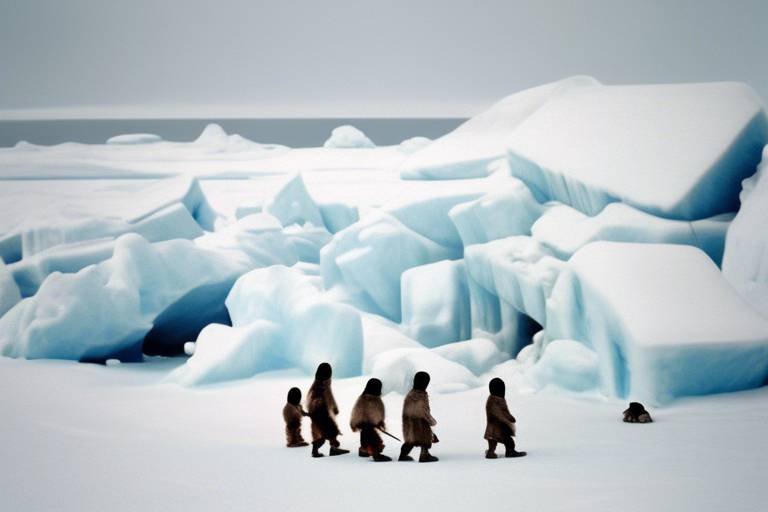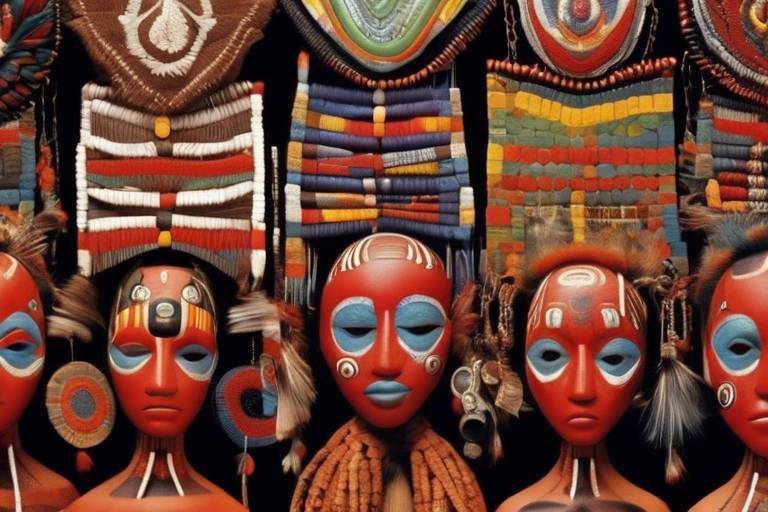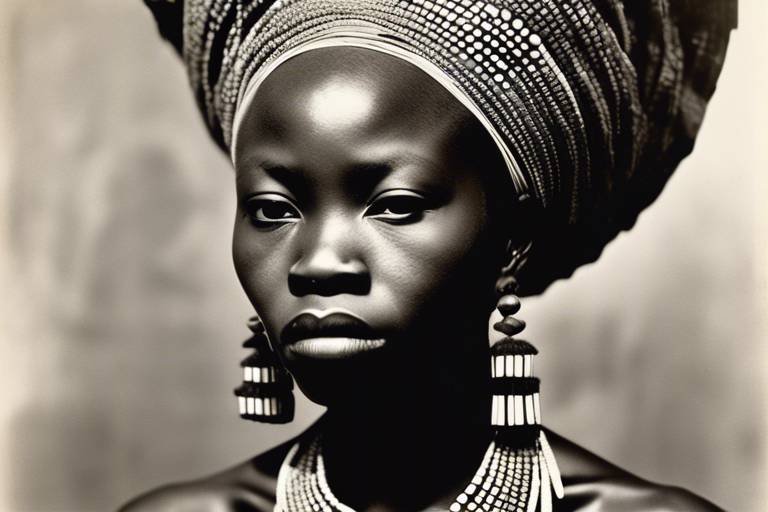The Artistic Legacy of the Renaissance in Europe
The Renaissance in Europe marked a pivotal period in the history of art, culture, and society, leaving behind a profound and enduring legacy that continues to influence and inspire generations to this day. This transformative era witnessed a remarkable fusion of artistic innovation, humanist ideals, and scientific advancements, giving rise to some of the most iconic works of art and architectural marvels the world has ever seen.
At the heart of the Renaissance was the philosophy of humanism, which emphasized the importance of the individual, classical learning, and the celebration of the human experience. This human-centered approach had a profound impact on artistic expression, fostering a renewed sense of creativity and exploration that transcended traditional boundaries.
The era also saw the emergence of Renaissance Masters such as Leonardo da Vinci, Michelangelo, and Raphael, whose revolutionary works epitomized the artistic achievements of the period. Their masterpieces not only showcased technical prowess but also captured the essence of human emotion and beauty in ways never seen before.
Architectural marvels like St. Peter's Basilica, the Florence Cathedral, and the Palazzo Vecchio stand as testaments to the Renaissance's emphasis on symmetry, proportion, and classical design. These iconic structures not only served as functional spaces but also as expressions of artistic and architectural excellence.
The Renaissance was a time of scientific and artistic revolution, where advancements in fields such as anatomy, optics, and perspective transformed artistic techniques and representations. Artists began to explore new ways of depicting the world around them, leading to a more nuanced and realistic portrayal of nature and humanity.
While the Renaissance initially flourished in Italy, its influence soon spread to Northern Europe, where artists like Albrecht Dürer and Hans Holbein the Younger embraced and reinterpreted Renaissance aesthetics in their own distinctive styles. This diffusion of ideas and styles enriched the artistic landscape of Europe and beyond.
Central to the flourishing of art during the Renaissance was the patronage of wealthy and influential individuals such as the Medici family and the papacy. These patrons not only provided financial support but also nurtured artistic talent, enabling artists to create enduring works that defined the cultural landscape of the time.
The legacy of the Renaissance continues to resonate in modern art movements, where echoes of the past can be seen in the revival of classical motifs in Neoclassicism and the avant-garde spirit of the Italian Futurists. The ideals and innovations of the Renaissance era continue to inspire artists to push boundaries and explore new artistic frontiers.
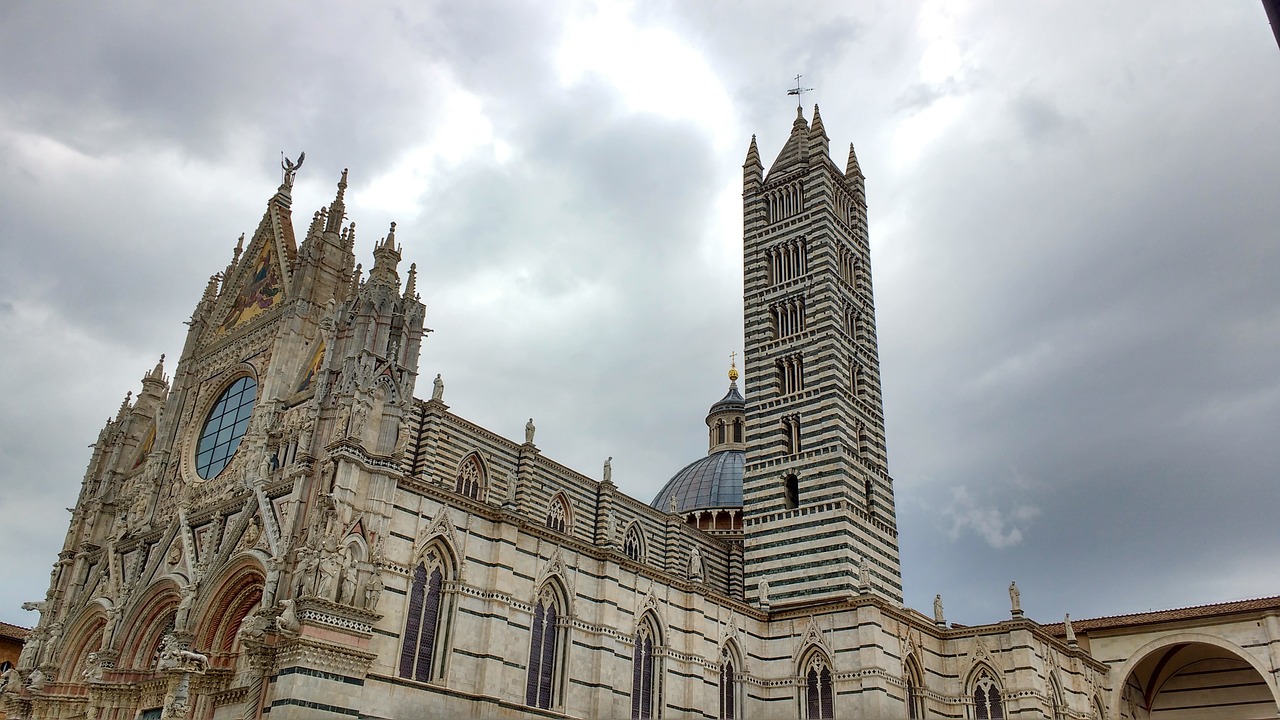
Humanism and Art
During the Renaissance, the intertwining of humanism and art marked a significant shift in artistic expression, emphasizing the importance of the individual, classical knowledge, and the human experience. Humanist ideals, with their focus on reason, logic, and the potential of humanity, greatly influenced the art and culture of the period. Artists began to portray human emotions and experiences more realistically, moving away from the rigid symbolism of the Middle Ages.
One of the key aspects of humanism in art was the revival of classical learning and aesthetics. Artists drew inspiration from ancient Greek and Roman art, incorporating elements such as proportion, perspective, and naturalism into their works. This renewed interest in the human form and the natural world led to a renaissance in artistic techniques and styles.
Moreover, humanism encouraged artists to explore the complexities of human emotions and experiences in their work. Portraiture became more lifelike, capturing the individuality and character of the subjects. Paintings began to depict scenes from everyday life, mythological stories, and religious narratives with a new sense of realism and depth.
The fusion of humanist ideals and artistic innovation during the Renaissance laid the foundation for the development of modern art, influencing generations of artists to come. The era's celebration of human potential and creativity continues to inspire artistic endeavors and cultural movements to this day.
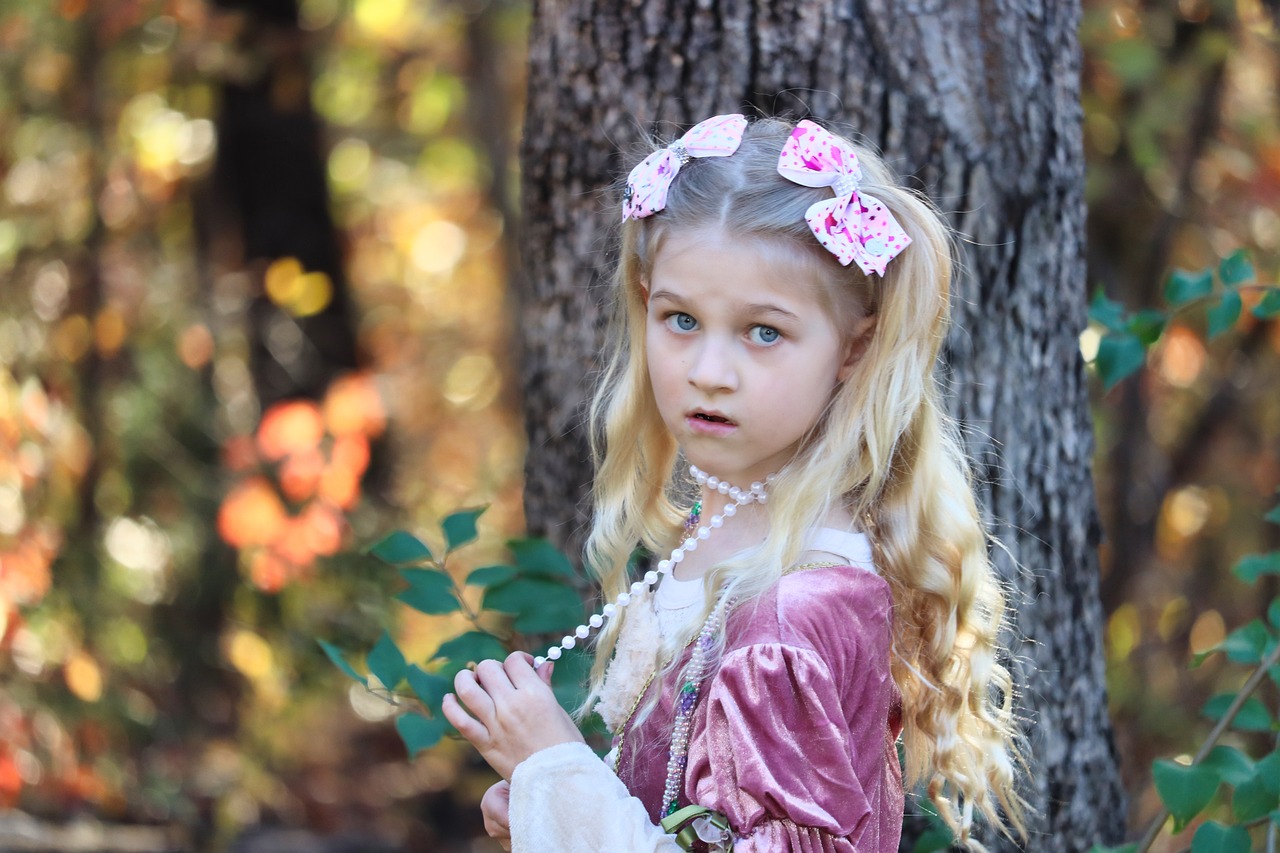
Renaissance Masters
The Renaissance period in Europe was marked by the emergence of extraordinary artistic talents that revolutionized the art world and left an indelible mark on history. Among these luminaries were iconic figures such as Leonardo da Vinci, Michelangelo, and Raphael, whose groundbreaking works epitomized the pinnacle of artistic achievement during this era. These Renaissance Masters not only created timeless masterpieces but also redefined the boundaries of artistic expression, setting new standards for creativity and innovation.
Leonardo da Vinci, often hailed as the quintessential Renaissance man, excelled not only in painting but also in various fields such as anatomy, engineering, and invention. His iconic works such as the Mona Lisa and The Last Supper showcase his mastery of light, shadow, and perspective, setting new benchmarks for realism and emotional depth in art.
Michelangelo, renowned for his awe-inspiring sculptures and frescoes, brought a sense of grandeur and monumentality to his works that captured the essence of human emotion and spirituality. The masterpieces of Michelangelo, including the Sistine Chapel ceiling and the statue of David, reflect his unparalleled skill in capturing the human form with unparalleled precision and dynamism.
Raphael, known for his harmonious compositions and graceful figures, infused his paintings with a sense of balance and beauty that epitomized the ideals of the High Renaissance. His works, such as The School of Athens and The Sistine Madonna, exemplify his ability to blend classical influences with a contemporary sensibility, creating timeless works of art that continue to captivate audiences to this day.
These Renaissance Masters not only transformed the artistic landscape of their time but also laid the foundation for future generations of artists to draw inspiration from. Their legacy continues to resonate in the art world, serving as a testament to the enduring power of creativity and innovation that defined the Renaissance era.
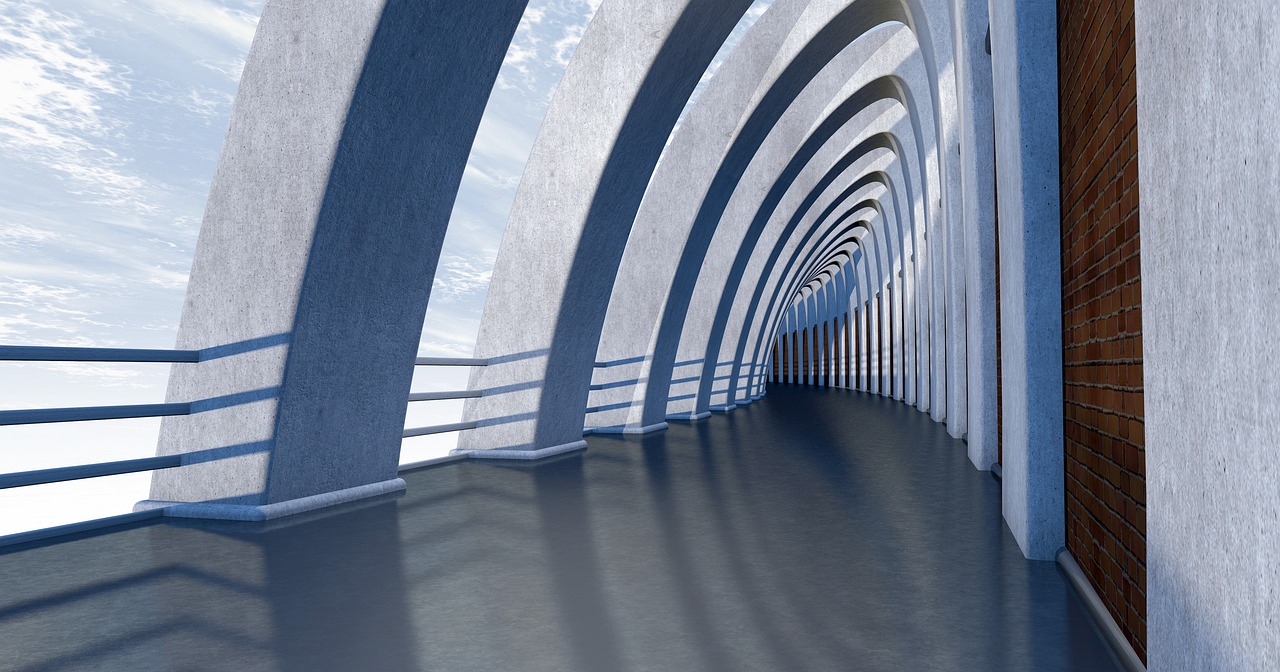
Architectural Marvels
During the Renaissance period, Europe witnessed a remarkable surge in architectural innovation, giving rise to iconic structures that continue to captivate audiences with their grandeur and beauty. Among these architectural marvels, St. Peter's Basilica stands as a testament to the era's emphasis on grandeur and religious devotion. Designed by renowned architects such as Donato Bramante and Michelangelo, the basilica's dome symbolizes the harmony between human ingenuity and divine inspiration.
Another architectural masterpiece of the Renaissance is the Florence Cathedral, known for its distinctive dome designed by Filippo Brunelleschi. The cathedral's facade, adorned with intricate marble panels and sculptures, exemplifies the era's commitment to blending artistic excellence with architectural functionality. The cathedral's bell tower, or Campanile, offers a stunning example of Renaissance design with its geometric patterns and elegant proportions.
The Palazzo Vecchio in Florence stands as a symbol of civic pride and political power during the Renaissance. Designed by architect Arnolfo di Cambio, the palazzo showcases the fusion of medieval and Renaissance architectural styles, featuring a crenellated tower and ornate decorations that reflect the city's cultural and political significance. Its grand halls and frescoed chambers provide a glimpse into the opulence and sophistication of Renaissance court life.
Overall, the architectural marvels of the Renaissance era not only reflect the period's artistic and cultural achievements but also serve as enduring symbols of human creativity and innovation. Through their harmonious blend of form and function, these structures continue to inspire awe and admiration, inviting us to marvel at the timeless beauty of Renaissance architecture.
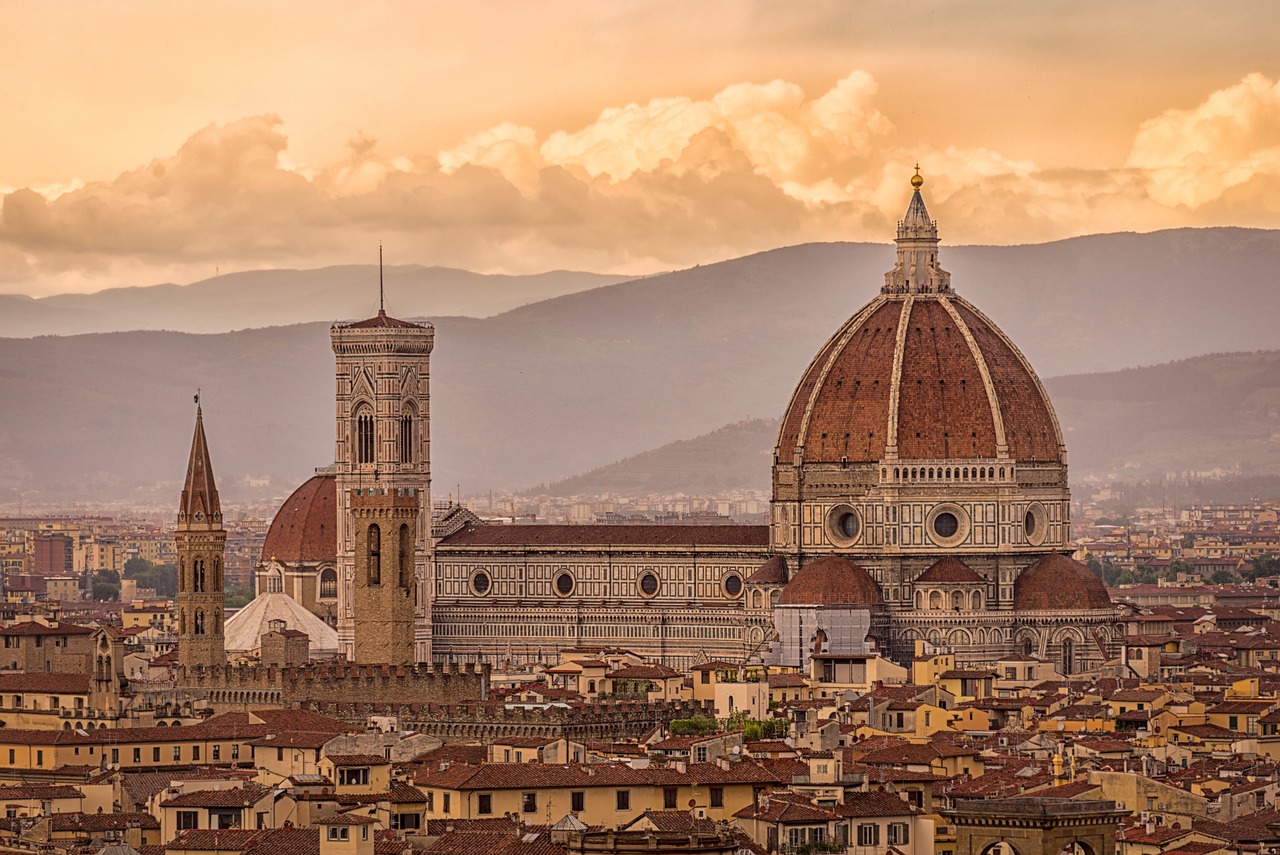
Scientific and Artistic Revolution
Exploring the enduring impact of the Renaissance on European art, culture, and society, highlighting key artistic movements, innovations, and influential figures that shaped the period and left a lasting legacy for future generations.
The Renaissance was a period of remarkable transformation, not only in art but also in the realms of science and innovation. During this era, the convergence of scientific discoveries and artistic expression led to a revolution in how the world was perceived and represented.
One of the pivotal developments of the Renaissance was the integration of scientific knowledge into artistic practices. Visionaries like Leonardo da Vinci, known for his dual expertise in art and science, revolutionized artistic techniques by incorporating principles of anatomy, optics, and perspective into their works.
This fusion of science and art gave rise to a new way of understanding the natural world, as artists sought to depict the human form with unprecedented accuracy and detail. The exploration of light, shadow, and depth in paintings created a sense of realism that was previously unseen, captivating viewers and challenging traditional artistic conventions.
Advancements in fields such as anatomy not only improved the accuracy of artistic representations but also deepened the connection between art and science. Artists studied the human body with a scientific eye, dissecting cadavers to gain insights into its structure and function, resulting in more lifelike and dynamic portrayals in their artworks.
The Renaissance era also saw the development of new technologies and tools that revolutionized artistic production. Innovations such as the printing press allowed for the widespread dissemination of artistic ideas and images, democratizing access to art and fostering a culture of creativity and exchange.
Overall, the Scientific and Artistic Revolution of the Renaissance marked a turning point in the history of art and science, laying the foundation for future innovations and discoveries that would shape the course of human knowledge and creativity for centuries to come.
- What defines the Renaissance period? - The Renaissance period, spanning from the 14th to the 17th century, was characterized by a renewed interest in classical learning, humanism, and artistic innovation.
- Who were some of the key figures of the Renaissance? - Prominent figures of the Renaissance include Leonardo da Vinci, Michelangelo, Raphael, and Albrecht Dürer, whose works continue to inspire and influence artists today.
- How did the Renaissance impact modern art? - The ideals and innovations of the Renaissance have had a lasting impact on modern art movements, from Neoclassicism to Futurism, shaping the evolution of artistic expression and creativity.
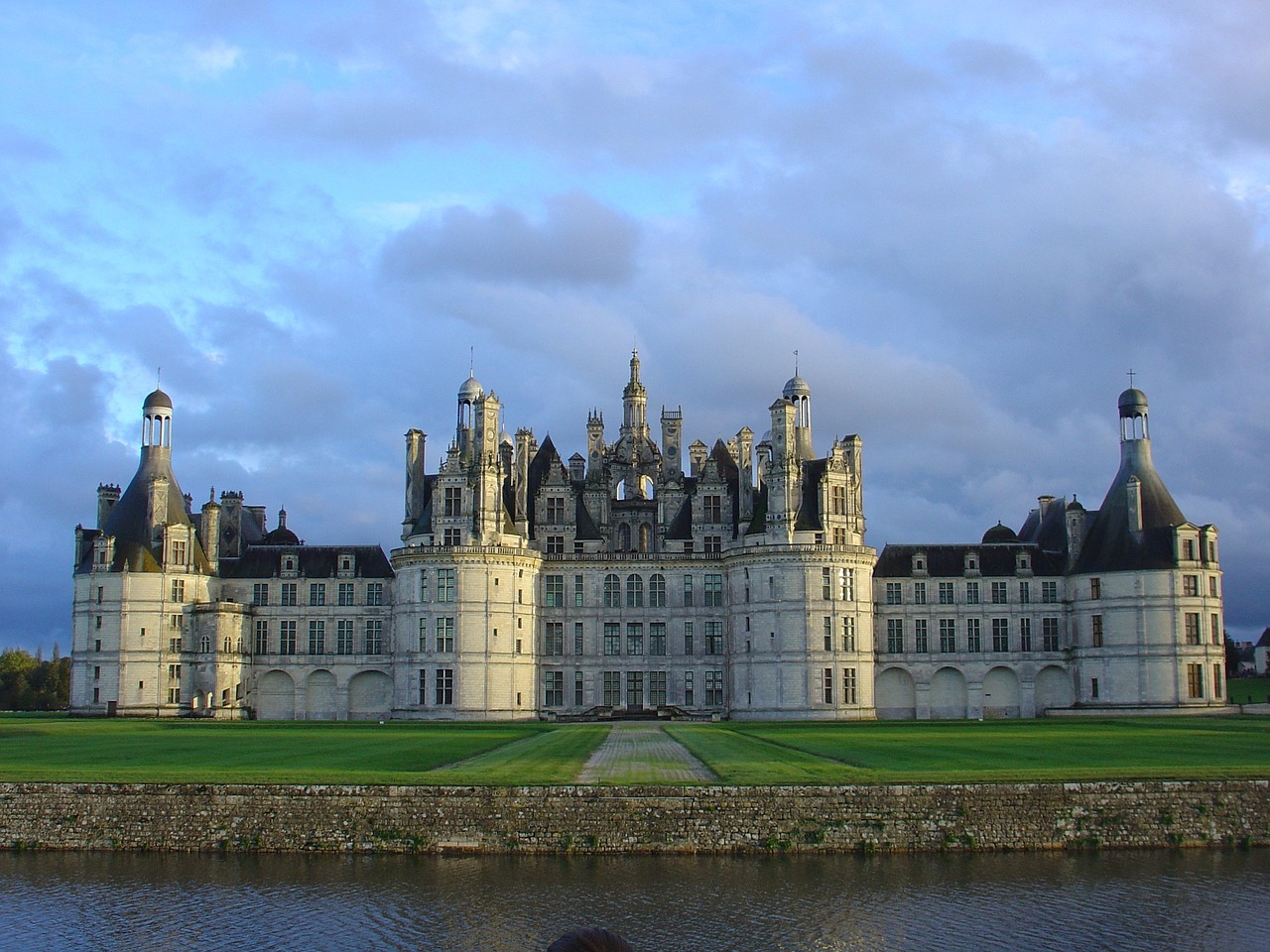
Renaissance Art Beyond Italy
During the Renaissance, the artistic innovations and ideals that originated in Italy began to spread beyond its borders, influencing artists in Northern Europe and other regions. One of the key figures in this expansion of Renaissance art was Albrecht Dürer, a German artist whose work combined Northern European traditions with Italian Renaissance techniques. Dürer's intricate engravings and detailed woodcuts reflected the influence of Italian artists like Leonardo da Vinci, showcasing a fusion of styles that marked a new chapter in art history.
Another prominent artist who carried the Renaissance spirit beyond Italy was Hans Holbein the Younger, a Swiss painter known for his meticulous portraits that captured the essence of his subjects with remarkable realism. Holbein's ability to infuse his works with psychological depth and attention to detail exemplified the humanist ideals of the Renaissance, transcending geographical boundaries to leave a lasting impact on European art.
As Renaissance ideas and aesthetics traveled across Europe, artists in regions such as Germany, France, and the Netherlands embraced and adapted these influences in unique ways, creating a rich tapestry of artistic expression that reflected the diversity of cultural exchange during this period. The fusion of Italian Renaissance principles with local traditions gave rise to a vibrant artistic landscape characterized by innovation, creativity, and a shared commitment to exploring the beauty and complexity of the human experience.
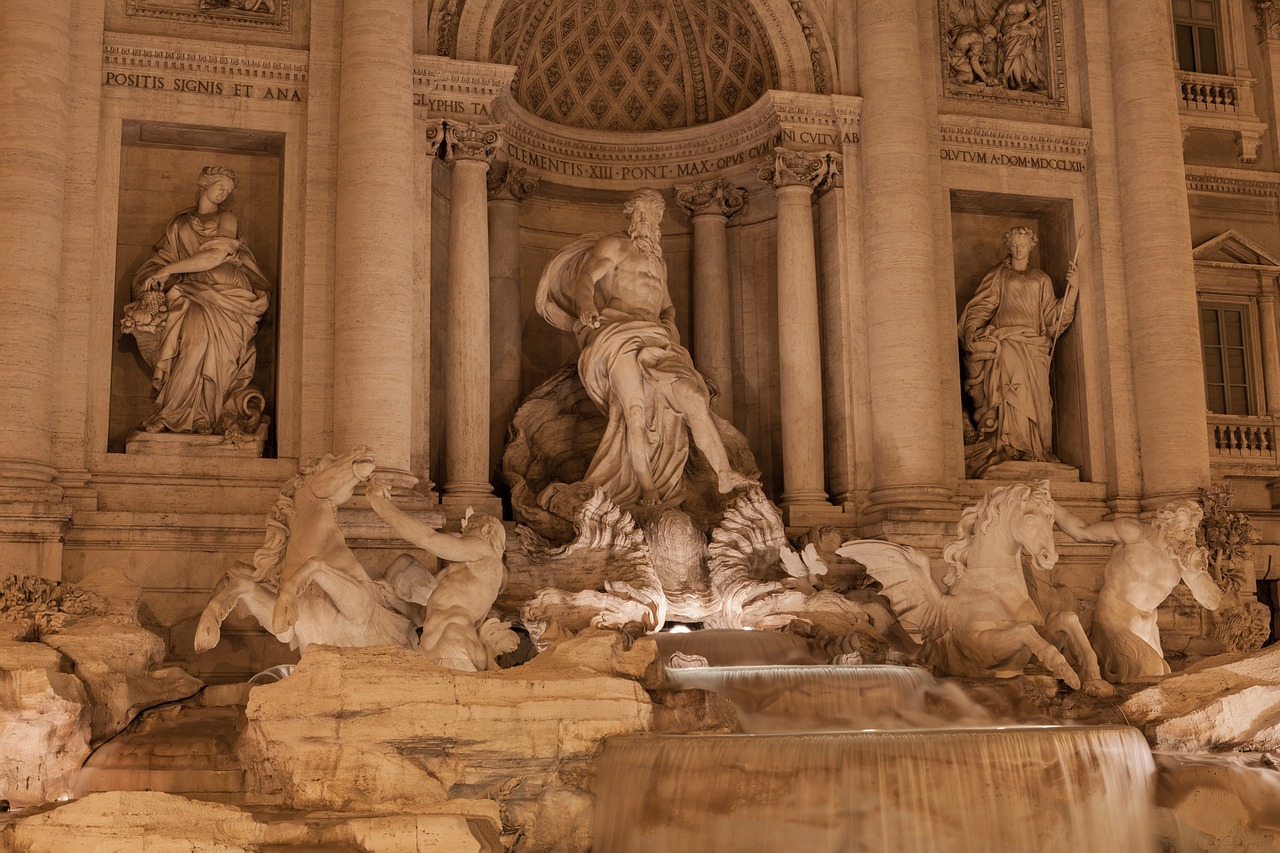
Art Patronage and Influence
During the Renaissance, art patronage played a crucial role in the flourishing of artistic innovation and creativity. Patrons, such as wealthy merchants, nobility, and the church, provided financial support and commissioned works of art, enabling artists to focus on their craft and produce masterpieces that defined the era. The Medici family, in particular, was renowned for their patronage of artists in Florence, including luminaries like Leonardo da Vinci and Michelangelo.
Art patronage not only supported individual artists but also shaped the direction of artistic development, influencing the themes, styles, and subjects depicted in artworks. Patrons often had specific preferences or agendas, leading to the creation of works that reflected their values, beliefs, or political aspirations. For example, the papacy commissioned numerous religious paintings and sculptures to promote Catholic doctrine and enhance the grandeur of the Church.
Moreover, art patronage fostered a culture of collaboration between artists, patrons, and scholars, creating a vibrant intellectual and artistic community where ideas were exchanged, techniques were refined, and creativity was nurtured. The close relationship between patrons and artists allowed for the exploration of new artistic possibilities and the realization of ambitious projects that might not have been feasible otherwise.
Art patronage also had a lasting impact on the art market and the value of artworks, as patrons sought to acquire prestigious pieces to enhance their status and cultural capital. The support of wealthy patrons enabled artists to experiment with new mediums, techniques, and subject matter, pushing the boundaries of artistic expression and paving the way for future artistic movements.
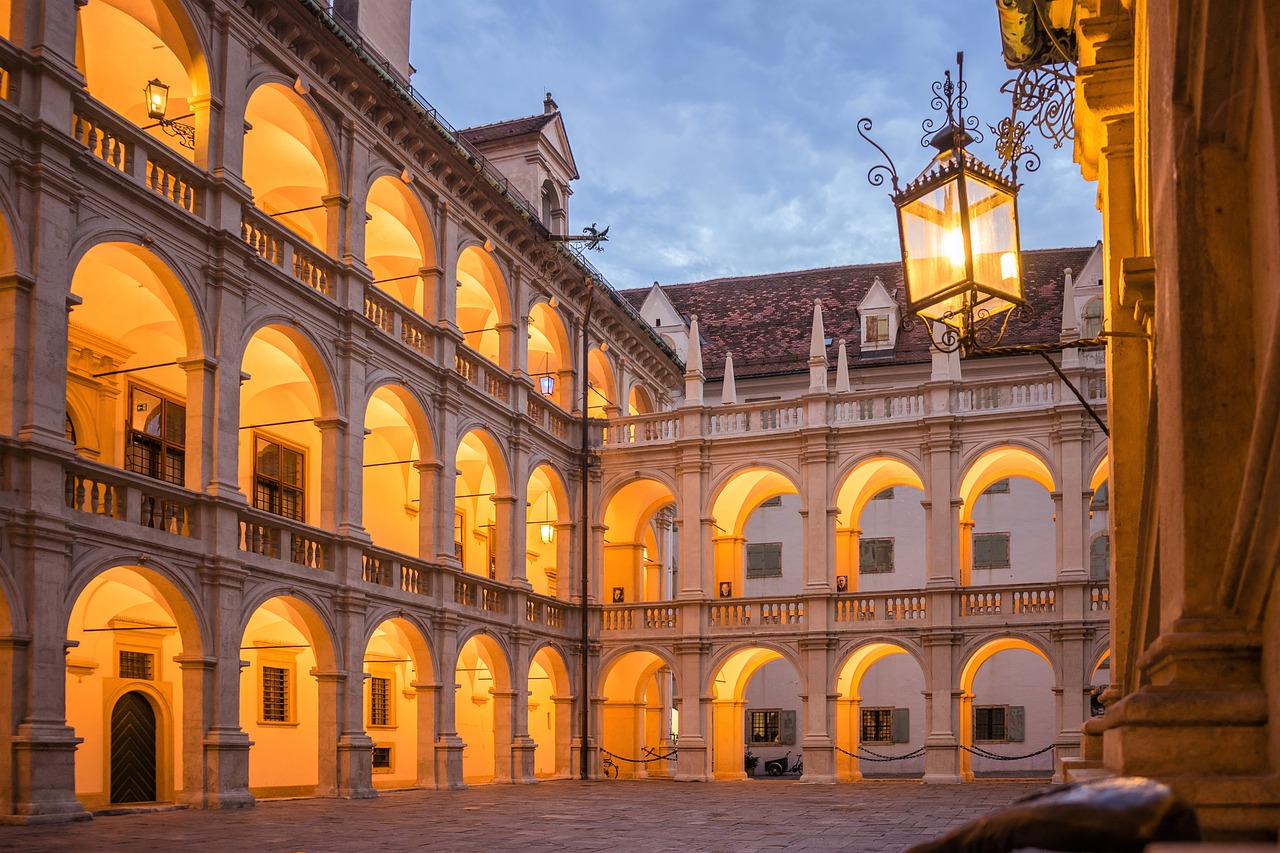
Legacy of the Renaissance in Modern Art
The legacy of the Renaissance in modern art is a testament to the enduring influence of this transformative period in European history. The artistic innovations and humanistic ideals that characterized the Renaissance continue to shape and inspire contemporary artists, leading to a rich tapestry of artistic movements that pay homage to the past while pushing the boundaries of creativity.
One of the ways in which the legacy of the Renaissance manifests in modern art is through the revival of classical motifs in Neoclassicism. Artists of this movement looked to the art and architecture of ancient Greece and Rome for inspiration, seeking to capture the beauty and harmony of the classical world in their works. This return to classical aesthetics reflects a continued appreciation for the ideals of balance, proportion, and symmetry that defined Renaissance art.
Furthermore, the experimental spirit of the Italian Futurists, who emerged in the early 20th century, can be seen as a modern reinterpretation of the Renaissance emphasis on innovation and forward-thinking. The Futurists embraced technology, speed, and dynamism in their art, reflecting a desire to break free from traditional conventions and embrace the energy of the modern world.
Across various art movements, from Surrealism to Abstract Expressionism, traces of the Renaissance legacy can be found in the exploration of the human experience, the interplay of light and shadow, and the quest for deeper meaning and expression. Artists continue to draw inspiration from the works of Renaissance masters like Leonardo da Vinci and Michelangelo, finding new ways to engage with the themes and techniques that defined this pivotal period in art history.
Frequently Asked Questions
- What is the significance of the Renaissance in European art history?
The Renaissance was a pivotal period in European art history that marked a revival of classical ideals, a renewed focus on humanism, and a flourishing of artistic creativity. It laid the foundation for many artistic movements and innovations that continue to influence art and culture to this day.
- Who were some of the most famous artists of the Renaissance?
Some of the most renowned artists of the Renaissance include Leonardo da Vinci, Michelangelo, and Raphael, whose works exemplify the artistic achievements of the era. Their groundbreaking creations in painting, sculpture, and architecture have left a lasting legacy in the art world.
- How did humanism influence artistic expression during the Renaissance?
Humanism played a significant role in shaping artistic expression during the Renaissance by emphasizing the importance of the individual, classical learning, and the human experience in art and culture. This led to a shift towards more realistic depictions of the human form and a focus on human emotions and experiences in art.
- What role did art patronage play in the development of Renaissance art?
Art patronage was crucial in fostering artistic innovation during the Renaissance, with influential patrons such as the Medici family and the papacy supporting artists financially and providing them with opportunities to create masterpieces. This patronage helped shape the cultural landscape of Europe and contributed to the development of art for centuries to come.
- How did the Renaissance impact modern art movements?
The Renaissance had a profound influence on modern art movements, inspiring artists to revisit classical motifs, experiment with new techniques, and push the boundaries of artistic expression. The revival of Renaissance ideals can be seen in movements such as Neoclassicism and the Italian Futurists, showcasing the enduring legacy of the Renaissance in contemporary art.





